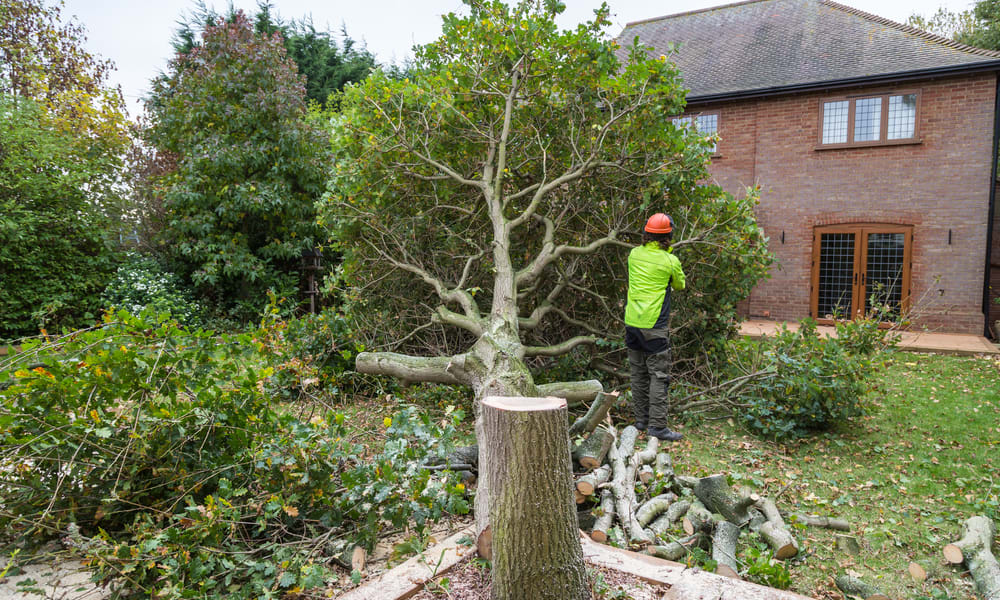Tree Jobs: Roles in Forest, Garden and Park Work
Trees are managed and cared for in a wide range of settings—from urban parks to private gardens and larger forested areas—and the roles that support that care blend practical skill, safety awareness, and environmental knowledge. This article outlines common tree-related roles, typical tasks, safety and training considerations, and how to evaluate local services without implying specific job listings or openings.

Tree care roles and responsibilities
Tree-related roles cover a spectrum of responsibilities, including inspection, pruning, removal, planting, and pest or disease management. Arborists, tree climbers, ground crew, and equipment operators often work together: an arborist assesses tree health and plans work, climbers execute pruning or removal in the canopy, and ground crew handle rigging, debris management, and traffic control. Roles may also involve reporting on tree health and recommending long-term care.
Many positions require routine record-keeping and communication with landowners or managers. Professionals must follow local regulations and best-practice standards for protecting property and public safety. Understanding the lifecycle and structural risks of trees is central to prioritizing interventions such as structural pruning or hazard mitigation.
Working in a forest setting
Forest-oriented tree work is typically broader in scale and may involve ecosystem management, timber operations, habitat restoration, or wildfire mitigation. Tasks can include selective thinning, monitoring forest health, planting native species, and controlling invasive plants. Equipment and methods differ from urban tree work; crews may use chainsaws, mechanized harvesters, or manual planting tools depending on the project.
Forest roles often require awareness of ecological principles—how interventions affect soil, water, and wildlife—and compliance with forestry regulations. Seasonal cycles and terrain also shape scheduling and logistical needs, and teams may coordinate with conservation agencies or land managers rather than individual property owners.
Managing garden tree work and pruning
Garden tree work focuses on smaller-scale, often ornamental trees and is frequently performed on private property. Pruning is a central task: correct pruning helps maintain tree structure, reduce risk, and support long-term health. Pruning cuts follow principles that protect the tree’s wound response and maintain natural form, and improper cuts can increase disease susceptibility.
Garden work also involves soil care, mulching, root-zone protection during landscaping projects, and selecting species suited to local conditions. For property owners hiring services, clear communication about desired outcomes and an understanding of seasonal timing for pruning or planting helps achieve long-term health and aesthetic goals.
Park tree maintenance and public safety
Park tree management balances aesthetics, recreational use, and public safety. Tasks include routine inspections, removal or pruning of hazardous limbs, and planning for tree replacement and canopy diversity. In public spaces, crews must manage pedestrian and vehicle access, signage, and sometimes public communications about closures or maintenance windows.
Policies and budgets influence the scale of proactive maintenance versus reactive work. Urban forestry managers often develop inventories and maintenance schedules to guide prioritization. Working in parks also often requires coordination with municipal departments and adherence to public liability and insurance requirements.
Skills, training, and certification for tree work
Key skills for tree roles include safe chainsaw operation, rope and rigging techniques, canopy work, and an understanding of tree biology and pest identification. Many places offer training programs or vocational courses in arboriculture and chainsaw safety; industry certifications are available in some regions to validate competency in climbing, pruning, or inspection.
Health and safety training is essential—fall protection, first aid, and equipment maintenance are recurring requirements. Employers and contractors commonly require proof of training or certifications for higher-risk tasks. When evaluating training options, look for programs that combine practical field experience with recognized safety standards.
Conclusion
Tree-related roles span a wide range of environments and responsibilities, from detailed pruning in gardens to large-scale forest management and park maintenance. Understanding typical tasks, safety standards, and training pathways helps clarify what each role involves without implying the existence of specific job openings. For practical work such as pruning or large removals, seek reputable local services and ensure any provider follows local regulations and safety practices; the focus should remain on describing roles and standards rather than presenting active job listings.






